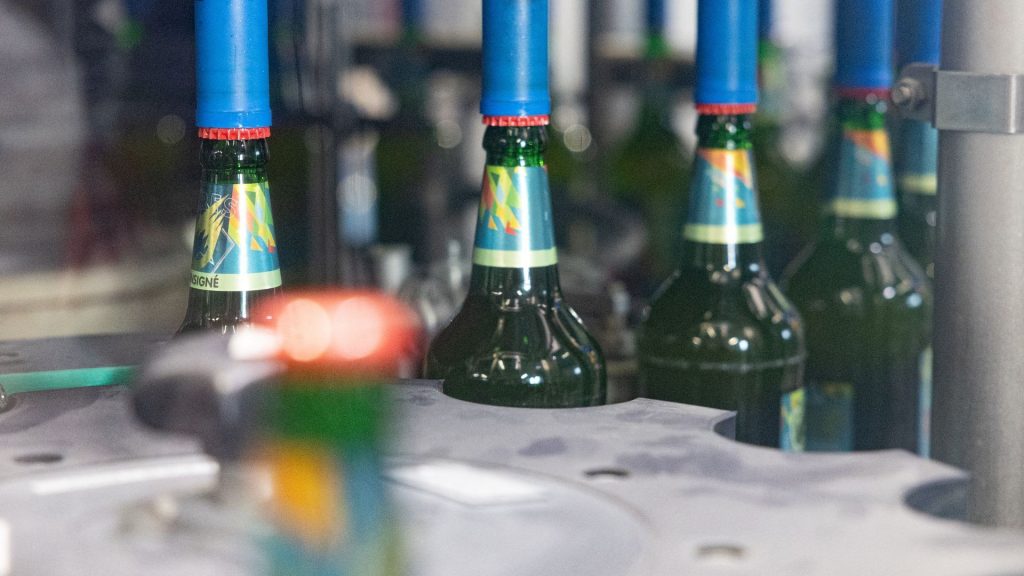More microplastics found in glass bottles than plastic bottles: Study

New research from France’s food safety agency, known as ANSES, released on Friday, June 20, shows that certain drinks in glass bottles contain more microplastics than drinks in plastic bottles or aluminum cans. This revelation raises fresh concerns about how labeling and packaging impact the amount of microplastics we consume, and how it affects our health.
What drinks were included in the study?
The study involved soft drinks, beer, lemonade, iced tea, water and wine sold in a variety of bottles across France. The scientists discovered that glass bottles were found on average to contain 100 microplastics per liter, while plastic bottles contained much fewer microplastics. In some cases, levels were 50 times lower than in glass bottles.
Researchers found the results surprising.
“We were expecting the opposite,” Iseline Chaib, a Ph.D who helped with the study, told the Economic Times.
Unbiased. Straight Facts.TM
A study on microplastics in the brain found samples with an average of .5% of microplastics accounting for the organ’s total weight.

Where are the microplastics coming from?
Researchers said most of the microplastics in glass bottles came from paint on the caps. They noted that caps often rub up against each other in storage, which creates tiny scratches that are invisible to the naked eye but still wind up in the drink during bottling and storage.
Beer saw the most microplastics per liter, with an average of 60 particles, while water saw the lowest levels, with as few as 1.6 particles per liter. Wine was also found to have very few microplastics, even those with caps on glass bottles.
Researchers are still unclear as to why wine had few microplastics.
Scientists said drink manufacturers can reduce the amount of microplastics in bottles by cleaning caps better. They noted simply using air, water and alcohol to sanitize bottles reduced contamination by 60%.
Microplastics in the body
While the long-term health impacts of consuming microplastics are still being studied, as Straight Arrow News previously reported, recent research shows humans consume about a credit card’s worth of microplastics every week. Further research revealed that these pollutants impact essentially every organ in the human body, but are most abundant in the human brain.
The study on microplastics in the body showed that in 24 brain samples, an average of .5% of microplastics accounted for their weight. The author of the study, Matthew Campen, a toxicologist and professor at the University of New Mexico, said, “an adult human brain probably has about five to 10 grams of plastic.”
“That’s about the size of a plastic spoon,” Campen added.
Potential health risks
The findings raised concern among health experts. Researchers said a dozen brain samples from dementia patients revealed 10 times higher microplastic weight than healthy samples. These pollutants have been linked to cancers, heart attacks and strokes, according to health professionals.
Researchers involved with the latest study in France acknowledged they do not yet know if the amount of microplastics found in certain glass bottles pose a health risk, as there is currently no threshold for what is deemed a safe amount of microplastics per liter to consume.





